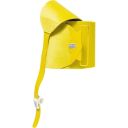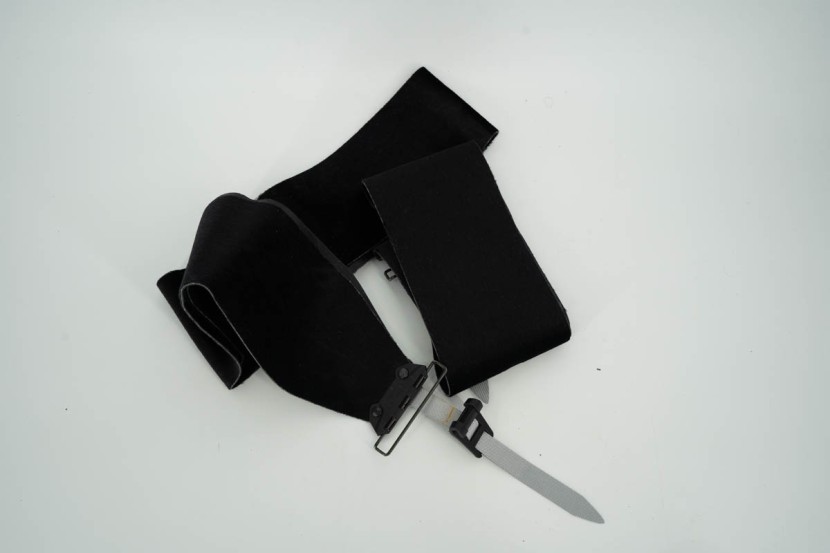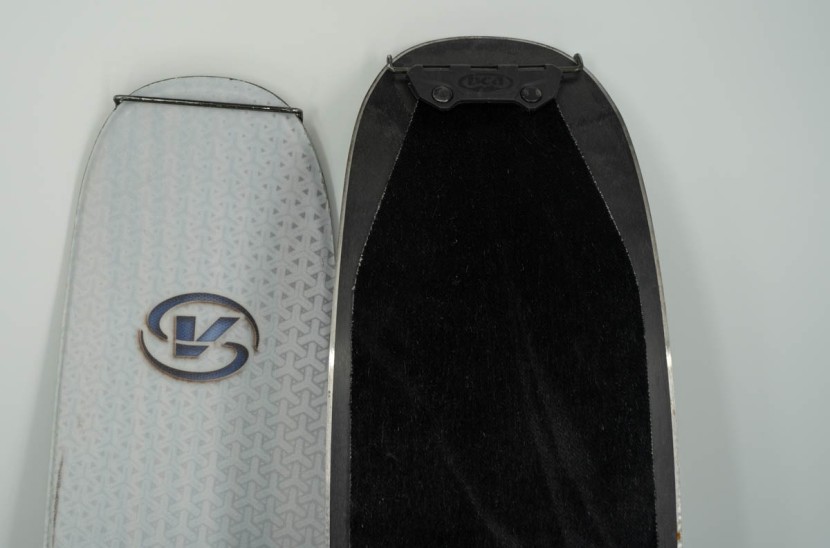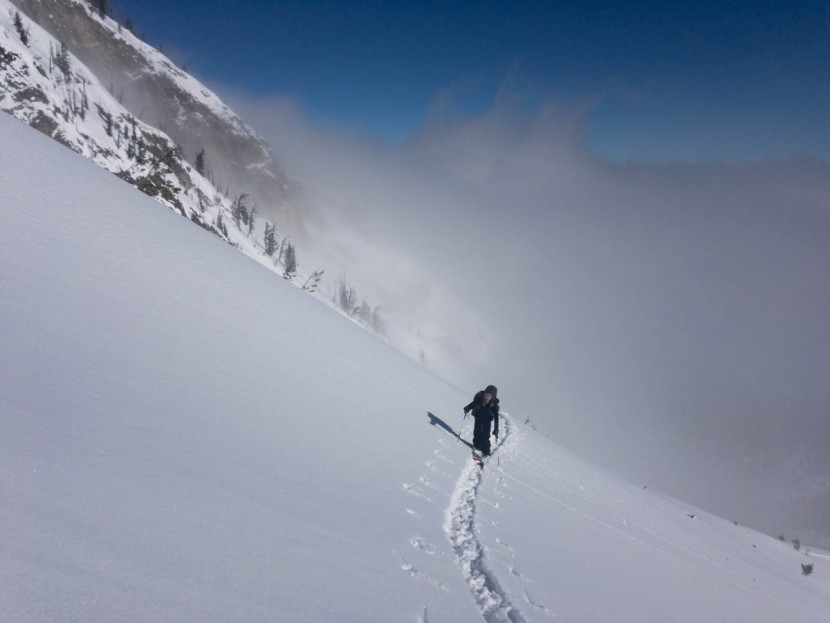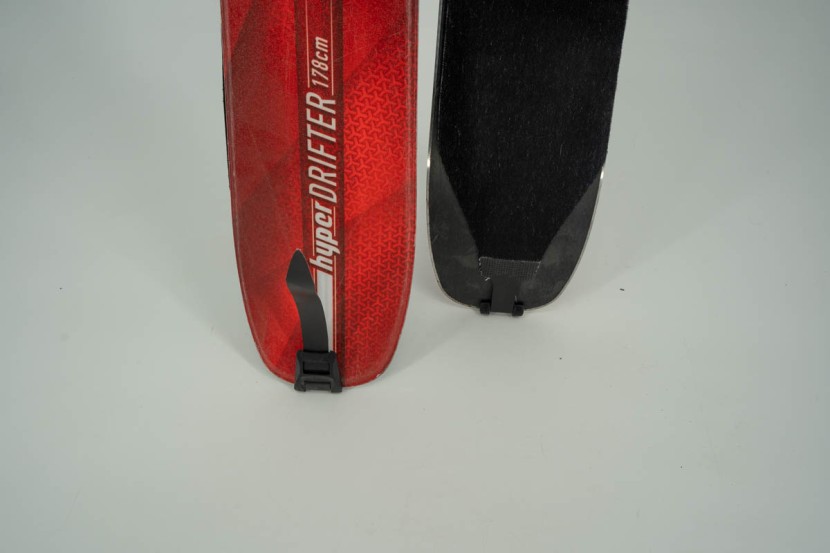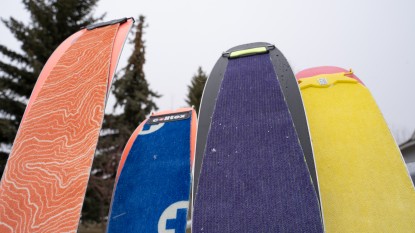Contour Hybrid Mix Review
Our Verdict
Compare to Similar Products
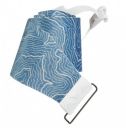 This Product
Contour Hybrid Mix | |||||
|---|---|---|---|---|---|
| Awards | Best Climbing Skin with Cleanable Glue | Best Climbing Skin with Traditional Glue | Best Bang for the Buck | Top Pick for High Speed Performance | |
| Price | $200 List $199.95 at Evo | $259 List Check Price at Backcountry | $210 List | $175.96 at Evo Compare at 2 sellers | $230 List Check Price at Amazon |
Overall Score  |
|||||
| Star Rating | |||||
| Bottom Line | All skin performance is balanced; given our experience with skiing and with reviewing, we find this skin strikes an ideal balance of a variety of factors | We want to continue testing to gain confidence in the longevity of the adhesive, but our testers liked almost everything about these well-balanced skins | Climbing skins inherently strike compromises; winner of our top award, it balances competing demands better than any other | Every backcountry skier can use these, especially those that are cost sensitive | For skilled skinners and efficiency hounds on cold snow there are no better skins available |
| Rating Categories | Contour Hybrid Mix | Montana Montamix Ad... | Pomoca Climb Pro S... | Pomoca Climb 2.0 | Pomoca Free Pro 2.0 |
| Glide (30%) | |||||
| Portability (20%) | |||||
| Glue Integrity (20%) | |||||
| Grip (15%) | |||||
| Icing and Glopping Resistance (10%) | |||||
| Compatibility (5%) | |||||
| Specifications | Contour Hybrid Mix | Montana Montamix Ad... | Pomoca Climb Pro S... | Pomoca Climb 2.0 | Pomoca Free Pro 2.0 |
| Measured Weight (lbs per pair) | 1.21 | 1.13 | 1.03 | 0.99 | 0.93 |
| Material | 70% Mohair, 30% Nylon | 65% Mohair, 35%Nylon | 70% Mohair, 30% Nylon | 70% Mohair, 30% Nylon | 70% Mohair, 30% Nylon |
| Weight per Pair (Based on Ski Tested) | 551 g for Blizzard Zero G 95, 180 cm | 512 g for K2 Wayback 106 179 cm | 468 g for Atomic Backland 95 177 cm | 448 g for Dynastar M99 Tour, 178 cm | 423 g for DPS Pagoda Tour CFL 105 180 cm |
| Weight per Ski Width (grams/mm) | 2.65 | 2.42 | 2.46 | 2.25 | 2.02 |
| Glue | Hybrid Glue | Fusiontec Adhesive | Traditional | Traditional | Traditional |
| Tip Attachment | Rigid tip loop | Rigid tip loop | Rigid tip loop | Rigid tip loop | Rigid tip loop |
| Tail Attachment | Vinyl strap and cam hook | Vinyl strap and cam hook | Rubber strap and cam hook | Rubber strap and cam hook | Rubber strap and cam hook |
| Ski Compatibility | Universal | Universal | Universal | Universal | Universal |
Our Analysis and Test Results
There are two distinct plotlines we want to spell out before diving into our analysis of these skins. The story helps explain the performance and recommendation. First, we were wrong about these skins. How's that for reviewer vulnerability? We loved them at first and then fell hard out of love with them – we now know that we were right the first time around. We have learned that when performance suffered, it wasn't the product's fault. It was an issue of maintenance.
All skins need some maintenance to perform well, but these skins require significantly more maintenance to maintain their excellent performance. We learned this fact, in a sense, alongside the manufacturer. They've since begun to ship new skins with small packets of cleaning wipes purpose-built to refresh the stick of the specialized glue. In the name, “Hybrid” refers to the two-part glue formulation, and “Mix” refers to the mohair/nylon blended fabric. These cleaning wipes and a spray are now also much more available at retail.
Glide
Glide is the most important, and therefore most highly weighted, performance attribute for your climbing skins. For efficiency, skins need to glide forward. However, maximize glide, and you entirely lose grip. There will always be a sweet spot, and some give and take. For different users and in different circumstances, that sweet spot may move around slightly. Beginning backcountry skiers want more grip and are usually ok with less glide in exchange. Eventually, you can realize the benefits of more glide with improved technique. A small number of folks will want more glide and less grip, and a similarly small number of people will want more grip and less glide. However, the big center of the bell curve of users will dig the exact balance that the Hybrid Mix skins strike. On the Contour skins, you can slide down gentle hills, and swinging your foot forward is largely unencumbered.
Let us reiterate. Every skin attribute is balanced against another. Maximum glide would be the best. But that's achieved with just your bare ski base. Adding anything to your ski base will add friction and reduce glide. Further, you will only realize the benefit of enhanced glide with a good skinning technique. Biomechanically, skinning works best (though we don't really understand why, to be honest) when you slide your skins forward instead of lifting them up with each step. The Mohair/Nylon blend of the Contour Hybrid Mix skins won't get in your way too much.
Portability
Thick fabrics and stiffer backing make for less packable skins. Of course, larger skis require larger skins, which also influences packability. The Hybrid Mix skins are among the less packable options if we correct our assessment for ski size. They are relatively bulkier and heavier than other high-performing skins, but not by all that much. Other types of outdoor gear can vary by two to three times in weight, while the difference in skins – even when we consider the raw numbers and skins of very different sizes – doesn't vary that much. The heaviest skins cut to relatively wide and long skis are only 1.7-times the mass of the lightest skins cut to short and narrow skis.
The Contour Hybrid Mix lands on the heavier side of that spectrum. Thinner, innovative climbing skins are definitely lighter and more packable than these. But when it comes down to it, the difference in size isn't that big of a deal. Perhaps the more important piece is that while many companies have lightened their offerings in recent years, Contour has not attempted to refine the composition of the Hybrid Mix.
Glue Integrity
Glue integrity is actually a combination of the nature of the glue itself and the stiffness of the skin fabric. Sticky glue helps skins stay on skis. Also, and less obvious, stiffer skins stay better on skis. Super soft skin fabric rolls at the edges, letting snow force its way in and leading to glue failure. As in everything skin-related, there is a balance to strike. Super sticky glue is great until you need to wrestle skins apart from storage, while super stiff fabric is best for glue integrity until you need to pack them in your jacket front.
The glue and fabric employed by the Hybrid Mix skins stay on your skis worse than most. However, with fastidious use, they do all you need them to do. Fastidious use requires, as we mentioned above, some cleaning periodically. Your cleaning interval will depend on the intensity of use, attention during storage, and the general “dirtiness” of your ski life. Cleaning is, by far, best done with the dedicated Contour cleaning products. Whether in wipe or spray form, we found the Contour products to be much more effective than any sort of improvised solution we could dream up (or track down online). Whatever is actually in Contour's cleaning solution, it isn't readily replicable in another format. Do yourself a favor and remain equipped to clean with the proper stuff. It is worth it. The performance of these skins is worth the marginally greater short-term maintenance required.
A Note on Maintenance
After years and years of testing Hybrid Mix skins, we can now conclude that the overall, “lifetime” maintenance of these is less than on skins with traditional glue. Yes, you have to clean hybrid glue up to every few weeks – which takes about 5-10 minutes – and you don't need to do this type of regular cleaning with traditional glue. However, after a season or so with traditional glue you must entirely replace that glue. This is a task that requires hours of labor and days of curing time. In our experience, you'll re-glue traditional skins 2-3 times over their lifespan for a total of 5-9 hours of active maintenance time. On the other hand, you will clean hybrid glue 10-15 times for a total of 1-2 hours of active maintenance time over a pair of skins' lifetime.
Grip
Grip is the antithesis of glide. Similarly, it needs to be balanced. Of course, maximum grip would be great, but we have to acknowledge that maximum grip has minimum glide. There is always a give and take. In short, the Hybrid Mix skins have enough grip for all but the clumsiest skinners in the gnarliest of conditions.
In tens of thousands of vertical feet of highly varied Teton and Canadian ski touring, the traction of the Hybrid Mix was just enough. Full nylon skins grab better, to be sure. However, that amount of traction is unnecessary. These grab well enough to get a beginner through their first season of skinning and to get you up gnarly frozen corn and slicked mid-winter drought existing skin tracks.
Icing and Glopping Resistance
The primary variables influencing fabric side icing are conditions and stride. Next, skin fabric treatment matters. A waxed skin will always glop less than an unwaxed one. Nonetheless, normalizing for waxing, conditions, and stride, we still see some differences. After waxing, the propensity for icing is a matter of manufacturer pretreatment and the percentage of nylon in the fabric. Good pretreatments help, and more nylon helps. It isn't really clear what Contour does to their skins, but our anecdotal experience seems to suggest that icing is reasonable.
The Contour Hybrid Mix skins ice up at about the same rate as other mohair/nylon blended skins. Keep to just cold (less than 0 °C) or just warm (at 0 °C) snow, and you'll have few to no problems. If you have to alternate between warm and cold snow, slide your skis ahead with each stride, and you will get a long way. By waxing your skins, you have a great deal of control over icing, regardless of skin construction or attributes. When that fails, these still have your back.
Compatibility
Compatibility is easy to assess. Either the skins can be cut to fit a variety of skis, or they are built for one particular make and model. The Hybrid Mix skins are compatible with all skis.
With the ever-increasing co-branding relationships that Contour is forming, you might very well find that the dedicated skins that are sold with some skis are actually the Hybrid Mix. Atomic and Hagan also license Contour skins to sell matched and precut to their ski models, for instance. Do some research at the time of purchase to see who actually made your ski brand's skins and realize that we are commenting here on Contour's Hybrid glue and nylon/mohair “Mix” fabric.
Should You Buy the Contour Hybrid Mix?
We find that their performance is worthwhile and well worth your investment. The increased maintenance needs and costs, we have found, yield longer function than skins with “traditional” glue. Commit to the care of some Contour skins, and you'll get performance that outlasts the others.
What Other Climbing Skins Should You Consider?
You have done well to narrow your search in such a fashion as to include the Contour Hybrid Mix (or the same skins, branded in other ways). You will do just as well to include the high-performance Pomoca Climb Pro S Glide. Everything else is a little further off the back of these two. We are also watching and further testing the Montana Montamix Adrenaline skins. They also have cleanable glue, but we haven't yet used them quite as long as the Contour Hybrid Mix (yet).





